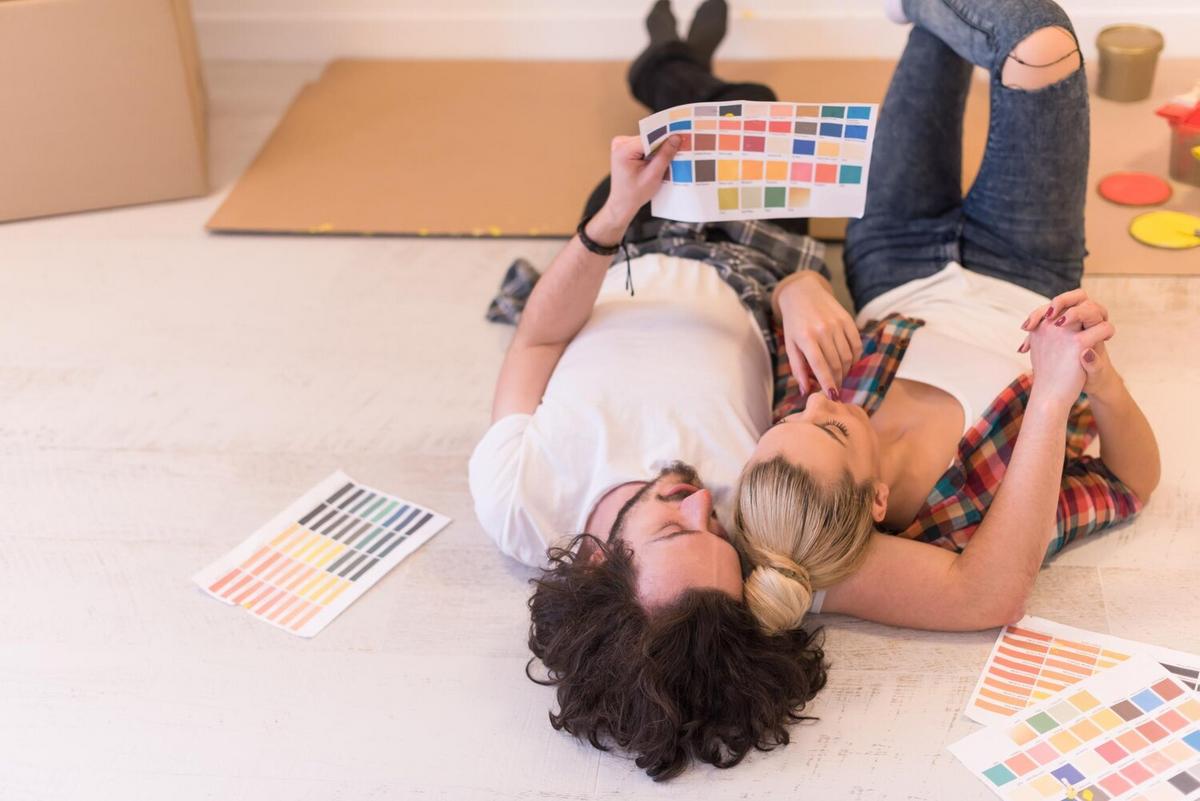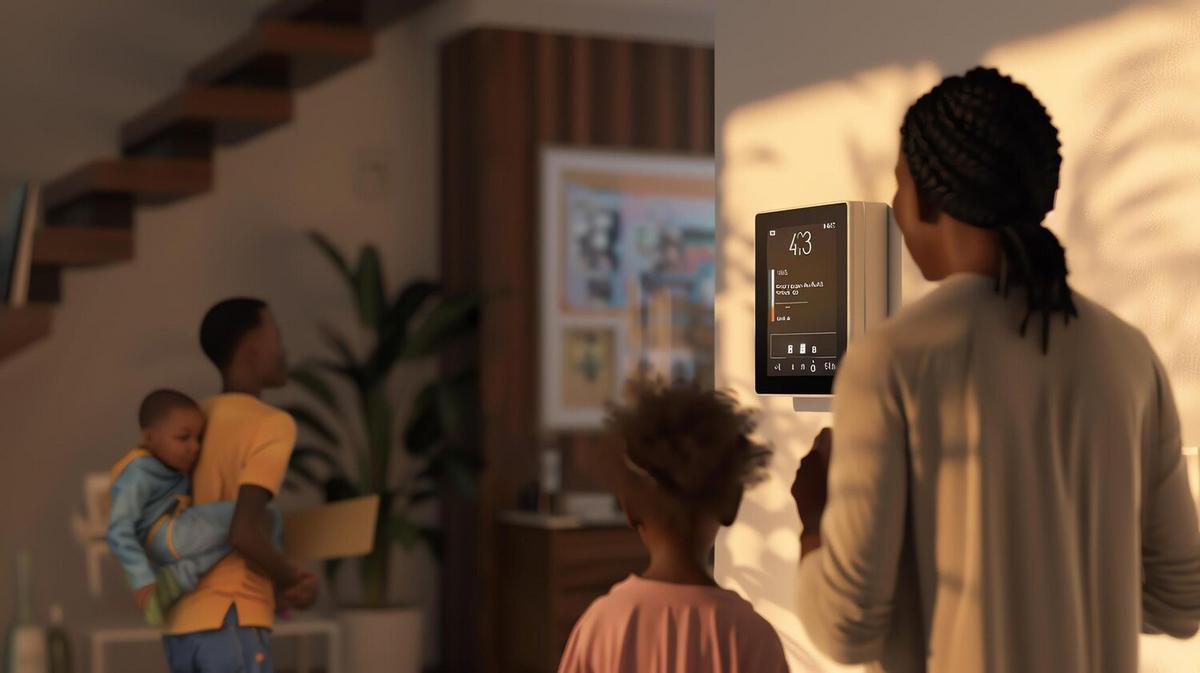Color has the power to transform a space, influence our mood, and reflect our personality. Whether you’re redecorating a single room or your entire home, understanding color theory can help you make informed choices that enhance the living environment.
Color theory is a powerful tool in interior design, helping us understand how colors interact, complement, and contrast with one another. By applying these principles, you can create a cohesive and visually appealing space.
Understanding Basic Color Theory
The color wheel is a staple tool for designers. It consists of primary colors (red, blue, yellow), secondary colors formed by mixing primary colors (green, orange, purple), and tertiary colors that result from mixing primary and secondary colors. Understanding these basics can guide you in selecting harmonious palettes for your home.
Expert Insights
Interior designer Maria Ricci notes, “Choosing the right color palette is not just an aesthetic decision but a psychological one.” Her advice: consider the room’s purpose when selecting colors. For instance, warm tones might energize a kitchen, while cooler shades can create a calming effect in a bedroom.
Research Findings
Research suggests that color can significantly affect mood. A study found that blue hues are associated with calmness and peace, whereas red can increase energy and enthusiasm. Knowing this can help tailor your living space to meet your emotional needs.
Personal Experiences
When I redecorated my living room, I chose a palette of soft blues and greens. These colors not only made the room feel more spacious but also provided a serene backdrop that complements my hectic lifestyle. Such personal anecdotes highlight the transformative power of color.
Actionable Tips
- Start with a color wheel to visualize how colors relate.
- Consider the room’s function when choosing colors.
- Test paint samples on your walls before making a final decision.
- Use color to highlight architectural features like moldings or alcoves.
- Incorporate different shades and textures to add depth.
Color Combinations Table
| Primary Color | Secondary Color | Effect |
|---|---|---|
| Blue | Yellow | Invigorating and fresh |
| Red | Green | Bold and dynamic |
| Purple | Orange | Warm and cozy |
| Pink | Gray | Modern and chic |
| Brown | Beige | Classic and timeless |
| Black | White | Elegant and sophisticated |
| Teal | Coral | Vibrant and lively |
| Olive | Navy | Earthy and calm |
FAQs
What is the best color for a bedroom?
Soft blues, greens, and neutrals are excellent choices for a calming bedroom environment.
How do I choose an accent color?
Look for a color that contrasts with your primary palette to add visual interest.
Can lighting affect how colors look?
Yes, natural and artificial lighting can significantly alter the perception of color.
Should I consider color trends?
Trends can provide inspiration, but it’s important to choose colors that resonate with your personal style.
Conclusion
Color theory is not just about aesthetics; it’s a strategic tool that can enhance the functionality and feel of your living space. By understanding the impact of color, you can create an environment that is both beautiful and tailored to your needs. So, grab a color wheel and start experimenting, because a vibrant and harmonious home is within reach.




Leave a Reply